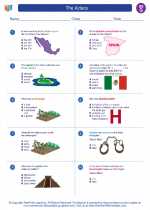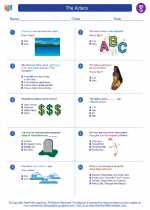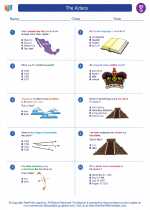Pablo Picasso
Pablo Picasso was a Spanish painter, sculptor, and printmaker who is widely regarded as one of the most influential artists of the 20th century. He is best known for co-founding the Cubist movement and for the wide variety of styles that he helped develop and explore throughout his career.
Early Life
Picasso was born on October 25, 1881, in Malaga, Spain. His father was an art teacher, and Picasso showed exceptional artistic talent from a young age. He moved to Barcelona to study art at a young age and later attended the Royal Academy of San Fernando in Madrid.
Blue Period
During the Blue Period (1901-1904), Picasso's work was characterized by a somber blue palette and depicted themes of poverty, loneliness, and despair. Some of his notable works from this period include "The Old Guitarist" and "La Vie."
Rose Period
The Rose Period (1904-1906) marked a shift in Picasso's work towards warmer colors and happier themes. He began to paint circus performers, acrobats, and harlequins during this period, as seen in works such as "Family of Saltimbanques" and "Boy with a Pipe."
Cubism
Picasso, along with Georges Braque, co-founded the Cubist movement, which revolutionized the way artists represented the world. Cubist art depicted objects from multiple angles at once, breaking them down into geometric shapes. Some of Picasso's famous Cubist works include "Les Demoiselles d'Avignon" and "Guernica."
Later Works
Throughout his career, Picasso continued to experiment with different styles and techniques, including Surrealism and Neoclassicism. His later works were characterized by bold, expressive lines and a more abstract approach to representation.
Legacy
Picasso's influence on the art world is immeasurable, and his impact can be seen in the work of countless artists who came after him. He passed away on April 8, 1973, leaving behind a vast and diverse body of work that continues to inspire and captivate audiences around the world.
Study Guide
- What was Picasso's early artistic training?
- Describe the themes and characteristics of Picasso's Blue Period.
- How did Picasso's work change during his Rose Period?
- What is Cubism, and how did Picasso contribute to this movement?
- What are some of Picasso's later artistic styles and techniques?
- What is Picasso's legacy in the art world?
◂Social Studies Worksheets and Study Guides Seventh Grade. The Aztecs

 Worksheet/Answer key
Worksheet/Answer key
 Worksheet/Answer key
Worksheet/Answer key
 Worksheet/Answer key
Worksheet/Answer key
